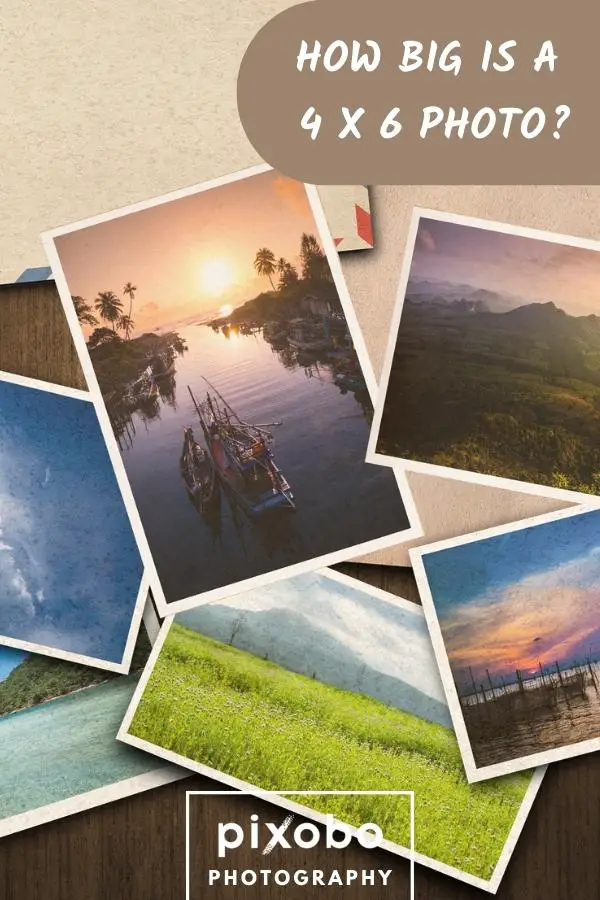If you are into photography, printing photos is part of your life. Despite the popularity of using social media in sharing photos, printed photos are far from obsolete.
The actual size of 4 x 6 photos is 4.0 x 5.875 or 4 x 5 7/8 inches. Although there are several photo sizes to choose from, 4 x 6 photos are considered the most common standard size. But the question is, what is it for?
For professional photographers, printing 4 x 6 photos may be quite easy. But if you are a beginner, you may find it challenging. There are some aspects of photography that you should understand before you can print high-quality 4 x 6 photos.
In this article, you will learn everything you should know about 4 x 6 photos, including some very helpful tips.
Table of Content
History of 4 x 6 Photos
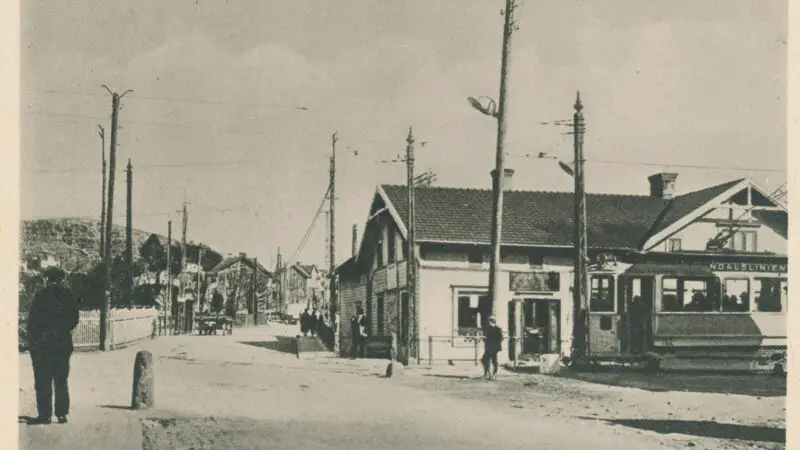
The 4 x 6 photos started when 35mm cameras became common in photography. The first 35mm the camera was invented in 1905 by Danish inventor, Jens Poul Andersen.
On the other hand, the first commercial 35mm camera was released in 1913 and was called Tourist Multiple. It was manufactured by Herbert & Huesgen of New York, USA.
Meanwhile, the first commercially successful 35mm film camera for motion pictures was called Ur-Leica. It was built between 1913 and 1914 by German photographer and inventor, Oskar Barnack, who is also referred to as the Father of 35mm Photography. But since World War 1 occurred, these 35mm cameras were sold starting only in 1925.
During the design, Barnack realized that the standard movie frame size, 18 x 24 mm (3:4 aspect ratio) was too small to achieve high quality for still photos.
So, he decided to increase it to 24 x 36 mm (2:3) and then rotate the image from vertical to horizontal. The most conveniently-sized print became 4 x 6 inches, which is now the standard size.
What Is the Actual Size of a 4 x 6 Photo?
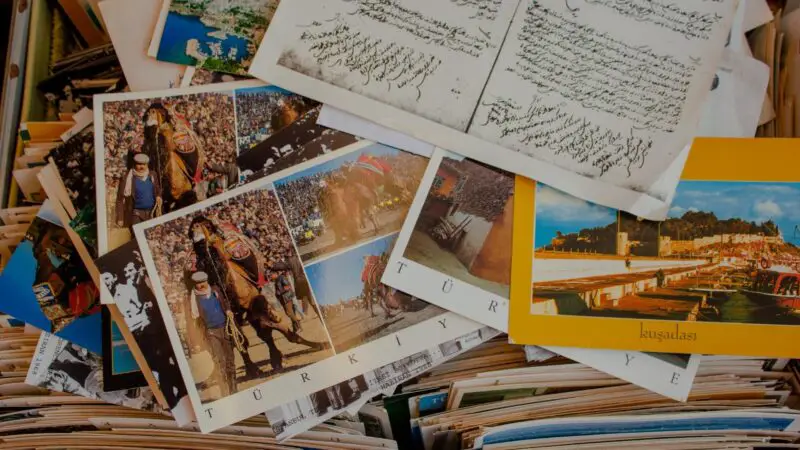
As mentioned in the origin of the 4 x 6 photo print size, it is based on the 3:2 aspect ratio of 35mm film. This 4 x 6 format is often called postcard size but is also being used in greeting cards and framed photos.
But while we are already accustomed to these measurements, the actual size of 4 x 6 photos is 4.0 x 5.875 or 4 x 5 7/8 inches.
How Big Is a 4 x 6 Photo in Centimeters and Millimeters?
Since 4 x 6 photos are in inches, they fall under the British Imperial system or English system. Interestingly, only three countries still use the English system – the United States of America, Myanmar, and Liberia.
The rest of the world is now using the Metric system. Therefore, they use ‘meter’ for measuring length (distance) instead of inches.
To convert inches to centimeters, 1 inch is equal to 2.54 cm. To convert 4 x 6 photos in cm, multiply it by 2.54. Hence, the result is 4 x 2.54 = 10.16 and 6 x 2.54 = 15.24, or approximately 10 x 15 cm.
Since 1 cm is equal to 10 millimeters, a 4 x 6 photo in millimeters is 101.6 x 152.4 mm. The most common photo print size is 4 x 6 inches.
What Is Aspect Ratio in Photography?
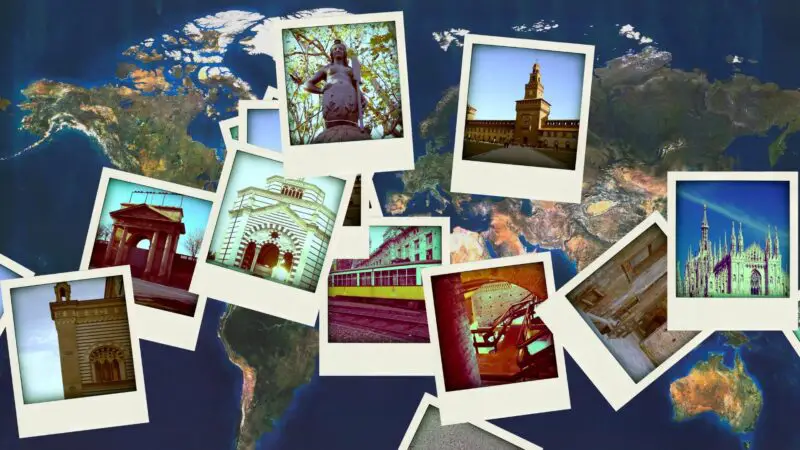
In photography, the aspect ratio is the relationship between the length and height of an image. A 2 x 2 photo has an aspect ratio of 1:1. It means each side of the photo has 8 inches.
The aspect ratio is not the same as the size of a photo. Therefore, two images with 1920 x 1080 pixels and 1280 x 720 pixels each have the same 16:9 aspect ratio.
As stated earlier, the 3:2 aspect ratio is used for 4 x 6 photos and is the most common since the evolution of 35mm cameras. In fact, most full-frame DSLR and mirrorless cameras use this as their standard for their lenses.
In some cases, 3:2 is expressed in decimal numbers such as 1.50 or 1.50:1. Hence, image sensors are always rectangular.
The 4:3 aspect ratio is also common in digital photography. This is the default used by most smartphones and Micro Four Thirds (MFT) mirrorless cameras such as Olympus and Panasonic.
If you will use an MFT camera for a 4 x 6 photo, you have to crop it. But in most cases, cropping a photo means removing some important details of the subject.
What Does the 3:2 Aspect Ratio of 4 x 6 Photo Mean?
Since the aspect ratio of 4 x 6 photos is 3:2, it means that for every 2 units on one side, there are 3 units on the other side. Since the length of the photo is 4 inches, its height is 6 inches.
It also means that a 4 x 6 photo print should have at least 1200 x 1800 pixels. This is because the recommended print dimension is 300 DPI (or dots per inch).
What Is Image Resolution?
Photo or image resolution refers to the number of pixels (pixel elements) displayed per inch of a digital image or the details that are portrayed in an image.
Typically expressed in PPI (pixels per inch), an image with a higher resolution means that it has more PPI. Therefore, it has a higher image quality than those with lower PPI (resolution).
An image that has a resolution of 600 PPI has more pixels than an image size with 72 PPI, but it has a smaller pixel size. If you print these two images with the same size, the 600-PPI image is sharper than the 72-PPI image.
This is because printed images are bigger than digital images, and enlarging an image will cause it to be pixelated.
PPI vs. DPI: What’s the Difference?
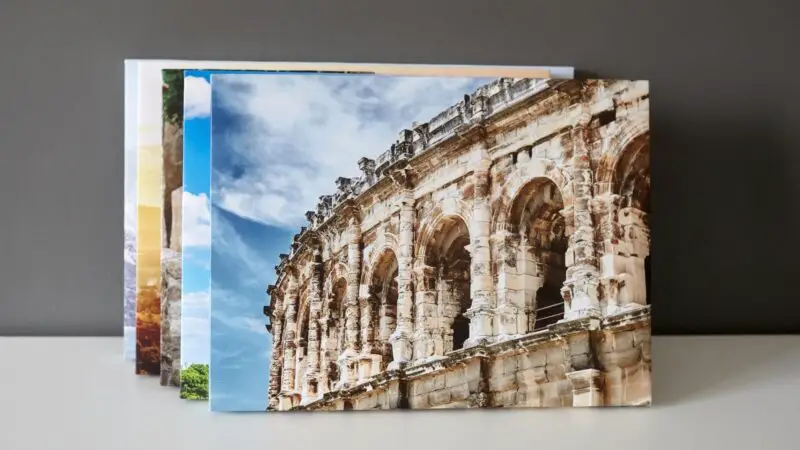
Aside from PPI, another acronym used to describe the resolution of an image is DPI (dots per inch). However, PPI and DPI are not the same, and there are some differences between the two.
As mentioned above, PPI is the number of pixels within a digital image. Interestingly, it is also used to describe the screen resolution of your device.
Note that screen resolution is always a fixed value for a certain device. Hence, the resolution of your image will affect the quality and size of the printed image, while the resolution has nothing to do with it.
It also follows that pixels don’t exist in printed images but rather only on the screen of your camera, smartphone, laptop, or PC.
To elaborate further, an image from a higher resolution screen may look sharper than the same image on a lower resolution device. But then, this depends on how far you are from the screens of the two devices.
This is why if you are going to print photos, you should not depend on your screen resolution, but rather on the resolution of your image.
On the other hand, DPI is the number of dots for every inch of a printed image or the resolution value of a physical printer. In short, this ratio describes the ink density on your photo once you print it.
It is not related whatsoever to the appearance of the image on your screen. Different printers have different DPI settings, which usually start from 300 DPI.
What Is the Ideal Resolution for Printing 4 x 6 Photos?
The standard for printing photos is 300 DPI. So, if you will print a 4 x 6 photo, multiply 4 by 300 and 6 by 300, and you will get 1200 x 1800, which is the best resolution for 4 x 6 photos.
For medium quality, use a resolution of 720 x 1080 for the 180 DPI setting. For better quality, use a resolution of 960 x 1440 for the 240-DPI setting to print 4 x 6 photos.
Can You Print 2 4 x 6 Photos on A4 Size Papers?
You can print 4 x 6 photos on A4-size papers. An A4 paper has a dimension of 8 1/4 x 11 3/4 inches, which is nearly double the size of 4 x 6 photos.
You can print two 4 x 6 photos on one A4 paper using the 8 1/4-inch portion. You have a ¼-inch allowance since 4 x 2 = 8. However, printing 3 or 4 4 x 6 photos will require you to crop your photo.
4 x 6 vs. 5 x 7: Which Photo Print Size is Better?
First of all, choosing the photo print size is a personal choice. But in general, 4 x 6 photo prints are better than 5 x 7. These 5 x 7 photos are 1 inch bigger on each side of the 4 x 6 photos.
But then, 4 x 6 is more common since it uses an aspect ratio of 3:2, which is used by most cameras. Here are some factors to consider for choosing 4 x 6 over 5 x 7:
1. Printing Cost
Printing 5 x 7 photos are more expensive than 4 x 6 photos due to two reasons. The former needs more materials since they have a bigger size. Not to mention, they also have a slightly higher shipping fee.
Another thing, printing 5 x 7 photos requires some tweaking in automatic printers and cropping of images, which are added to labor costs.
2. Rule of Thirds Issues
Aside from additional labor costs for cropping your photos, you may also encounter some problems even if you crop your photos by yourself.
If you follow the rule of thirds in photography, cropping your image will lead to changing the image composition. In doing so, your printed image will look less aesthetically pleasing to your viewers.
3. Waste of Photo Paper
If you will frame your photos, a 5 x 7 photo print is an ideal size. If you will print them at home, you are obliged to buy a box of 5 x 7 photo papers.
However, if you only have a few photos to print, the remaining stocks are considered wasted. If you already have 8 x 10 photo papers and will cut them at home to 5 x 7, there will also be some portions wasted.
Important Tips Before Printing 4 x 6 Photos
While 4 x 6 photo prints are a very common standard, you may also face some issues, especially if this is your first time doing it. What if you are using a smartphone or a camera that has no 3:2 aspect ratio? How should you take photos to make sure that the printed photos look good at 4 x 6? To help you out, here are some important tips:
- If you are not using an aspect ratio of 3:2, avoid following the rule of thirds. Instead, put your subject at the center of the frame to minimize problems when cropping the photo in post-production.
- When taking a photo, shoot at RAW instead of JPEG so your images will be sharper.
- Most printing services cut around 3 mm on each side of printed photos. Avoid placing faces and other important elements near the edges of the photo.
- Use a tripod for slower shutter speeds to avoid blur. Otherwise, the blur can appear in the printed image.
- Although images with a resolution of 480 × 640 may still look good at 115 dpi, using higher resolution photos is always the best option.
- Carefully check the quality of digital images at 100% before printing them.
- Choose high-quality photo paper, especially if you will print lower-resolution photos.
As you probably know by now, printing 4 x 6 photos require some techniques. The best thing to avoid trouble is to use a camera with a 3:2-aspect ratio.
Moreover, you should learn how to take 4 x 6 photos properly and crop photos accurately. Once you master the skills for printing 4 x 6 photos, shooting photos for other printing sizes will be very easy.
Sources:
https://guides.lib.umich.edu/c.php?g=282942&p=1885350
https://www.sony.com/electronics/support/articles/00027623
